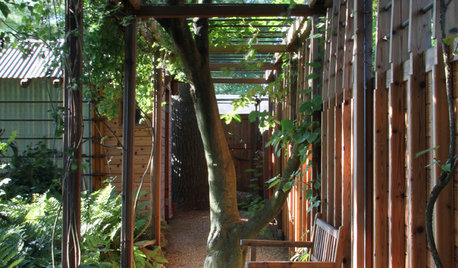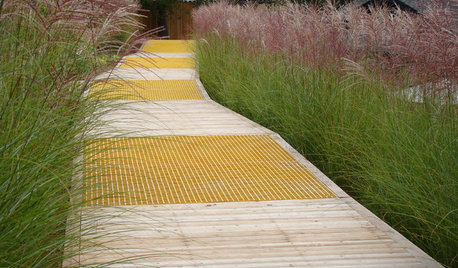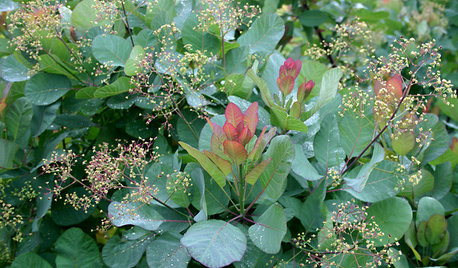Planting lawn in new/old area
angus37
15 years ago
Related Stories

GARDENING GUIDESHow to Plant a New Lawn From Seed
Choose from more grass varieties and save money over sod by starting your lawn from seed
Full Story
LANDSCAPE DESIGN7 Low-Maintenance Lawn Alternatives
Turf isn't the only ground cover in town. Get a lush no-grass lawn with clover, moss and other easy-care plants
Full Story
LANDSCAPE DESIGNGet Along With Less Lawn — Ideas to Save Water and Effort
Ditch the mower and lower your water bill while creating a feast for the eyes with diverse plantings and gathering places
Full Story
LAWN ALTERNATIVESStop Fighting the Patchy Lawn!
Here are 3 situations where a garden may be a better idea than more turfgrass
Full Story
SAVING WATERHouzz Call: Are You Letting Go of Your Lawn?
Many facing a drought are swapping turf for less thirsty plantings. If you’re one of them, we’d like to hear about it
Full Story
LANDSCAPE DESIGNLandscape Tour: Garden Rooms Edge a Lawn in New Jersey
Built and planted forms combine to create a relaxing suburban backyard oasis
Full Story
GARDENING GUIDESHow to Plant a New Lawn From Sod
Take the quick-start route to turf with sod; these installation guidelines will help ensure a healthy and long-lasting lawn
Full Story
GARDENING AND LANDSCAPINGOld School Green Design: Add Texture With Grass
Ornamental grasses capture the breeze and ripple like water in the landscape
Full Story
LANDSCAPE DESIGNGreat Design Plant: Old Fashioned Smoke Bush
Balance garden color with this shrub's cool blue-green foliage, luminous when backlit and sporting yellow-green flowers in spring
Full Story
GARDENING AND LANDSCAPINGOld-School Green Design: Art Imitates Plants
Enjoy the play of color and form when nature and design work together
Full Story






dave11
angus37Original Author
Related Professionals
Erie Landscape Architects & Landscape Designers · Kenmore Landscape Architects & Landscape Designers · Tomball Landscape Architects & Landscape Designers · Allentown Landscape Contractors · Cordele Landscape Contractors · Ellicott City Landscape Contractors · Fort Payne Landscape Contractors · Indianapolis Landscape Contractors · Mission Landscape Contractors · Peoria Landscape Contractors · Seminole Landscape Contractors · Thornton Landscape Contractors · Wallingford Landscape Contractors · West Haverstraw Landscape Contractors · Bakersfield Swimming Pool Buildersdave11
bpgreen
angus37Original Author
dchall_san_antonio
angus37Original Author
bpgreen
angus37Original Author
dchall_san_antonio
angus37Original Author
dchall_san_antonio
angus37Original Author
bpgreen
dchall_san_antonio
angus37Original Author
segask
segask
dave11
dchall_san_antonio
angus37Original Author
dchall_san_antonio
pt747
rcnaylor
dchall_san_antonio
rcnaylor